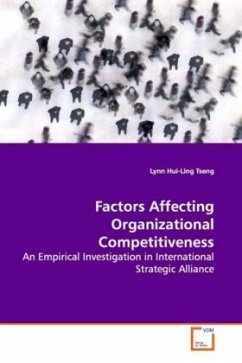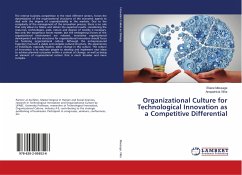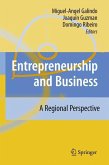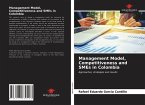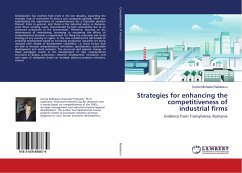Interfirm collaboration has long been deemed as a
fast strategy to obtain organizational
competitiveness. The ability of organizations to
obtain information from and disseminate knowledge
signifies the importance of whether a firm can
achieve knowledge creation among the networked firms
and firms therefore can gain competitive advantages.
The research was conducted using a qualitative
approach; case details were collected from firms
involving international strategic alliance. The
research aims to investigate the influences of
boundary spanners, information technology and
corporate cultures on organizational competitiveness
in strategic alliances. Findings reveal that
boundary spanners, cultural issues and information
technology are positively related to organizational
competitiveness.
fast strategy to obtain organizational
competitiveness. The ability of organizations to
obtain information from and disseminate knowledge
signifies the importance of whether a firm can
achieve knowledge creation among the networked firms
and firms therefore can gain competitive advantages.
The research was conducted using a qualitative
approach; case details were collected from firms
involving international strategic alliance. The
research aims to investigate the influences of
boundary spanners, information technology and
corporate cultures on organizational competitiveness
in strategic alliances. Findings reveal that
boundary spanners, cultural issues and information
technology are positively related to organizational
competitiveness.

